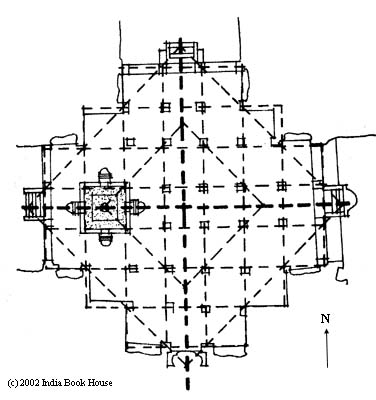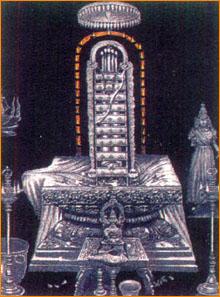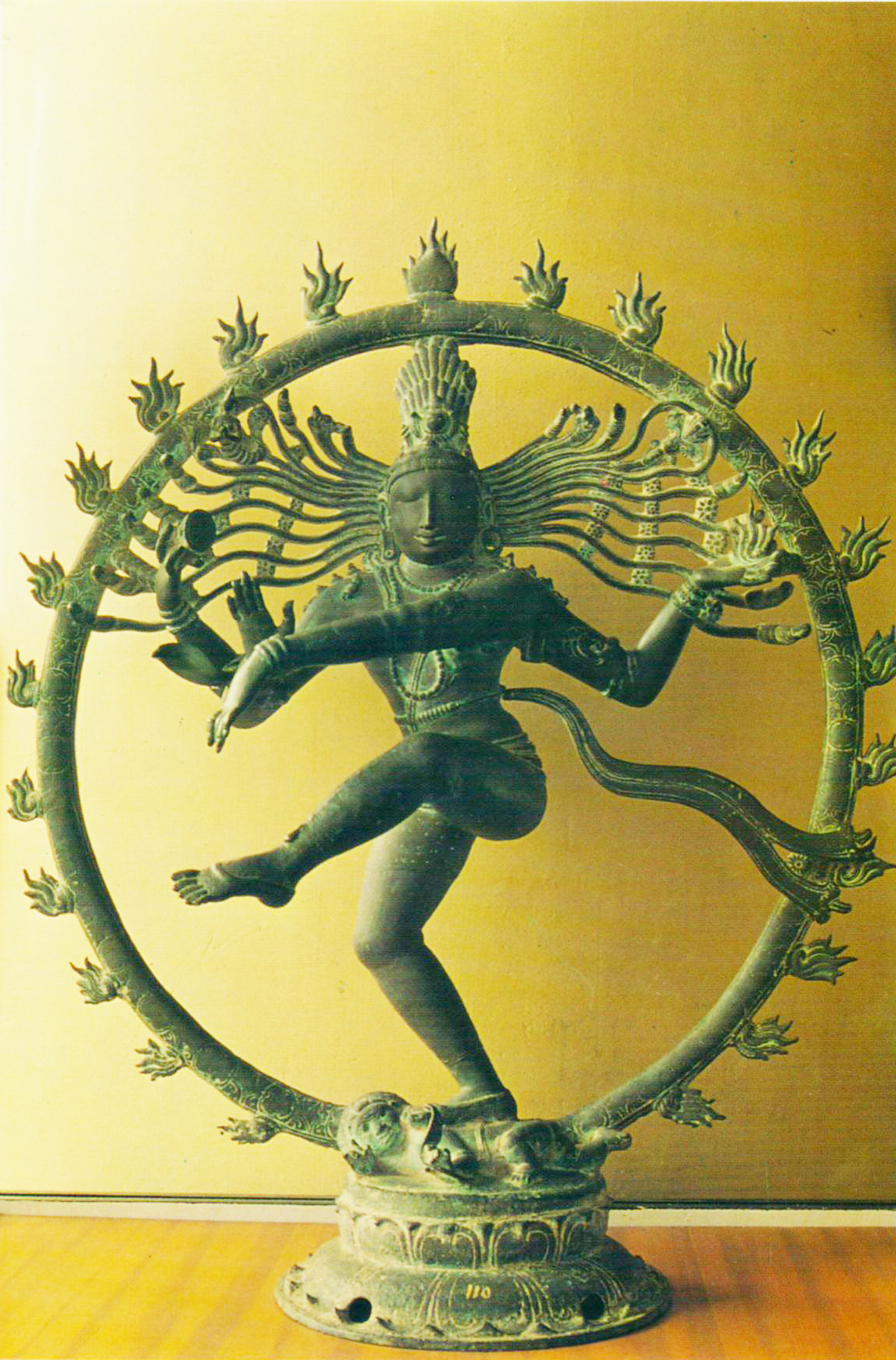<

They largely take up demi god status. They are not human, not Super gods but somewhere in between.They join others of a similar nature who would be the likes of gandharvas, apsaras, mithuna couples, ganas, siddhas?, kinnaras, river goddesses, and maybe nagas if i am thinking right.
But who are these guys and why did they interest the local audience so much?

Well lets get started with their name. Why call them Yaksha? It seems that Brahma uttered a phrase for them which calls them "Yakshamam" or those who protect. Hence Kubera being the Guardian of the northern quadrant is not surprizing. Yakshas can be divided into those who attained God status and those who didnt make it to the top. Those who didnt make it to the top ended up being the attendants of Kubera Yaksha, the protector of wealth, not necessarily gold and precious stones, but all minerals of the earth. But those who did were the likes of Ganesha, Lakshmi, Hanuman, Kali and kubera himself apart from the sapta Matrika.
So tomorrow if you go to a temple and see the seven mothers flanked by two men it would largely be ganesha and Kubera indicating yaksha cult origins. Of course there are some places in northwest india where they also include Buddha. Caves at Ellora and aurangabad display such sculptures to empahsize the same. It is interesting though to note that the greater Gods needed to be flanked or "protected" by the lesser gods.
So whats with them? Yakshas are mortals in terms of the fact that they are full of passion and do not escape the cycle of birth and death. But they are magical beings enough to change form and take on any threat with their supernatural powers. They are largely the good guys and inoffencive, hence they are refered to as "punyajanas".
They are known to ask too many riddles, the wrong answers for which might land you in trouble. The right answer of course gets you their favour. For eg. Yudhistira is known to have lost all his brothers when the Yaksha asked them questions. But his right answer got them all back to life. For anyone who is curious, the so called riddle was "What is the greatest wonder of life?" and the right answer was "That every man must one day die, yet every man lives as if they were immortal."
Those men must have been really evolved if they called a question like that a "riddle".
But there are bad guys too, not all Yakhas are good guys. They are semi demon too. Anyway coming back to the point, they have been taken over by various religions to join their respective pantheons. Not that they really belonged there, but the need was high enough to get the attention of the masses. Lets say each religion Buddhist, Jaina or Brahmanical had to add to their CUG (closed user groups) and an increase in community figures mattered. Hence the Yakhas most common to the masses than the kings were brought in as either being replaced by a buddha in a similar pose (i always wondered why the laughing buddha of feng shui was a short stout guy, with a belly, so unlike the Buddha we know), or as protectors of thirtankaras or guardians for villages or as fertility images or flanking the sapta matrikas.
Interesting guys none the less, but very much to the background. So tomorrow when you see a Buddha looking really short and fat with plump legs, he might just have been a Yaksha some centuries ago.
So much for faith. I wonder sometimes whether we were any better than the church when it came to preservation and marketing of religion. It seems so political. Such is life.







